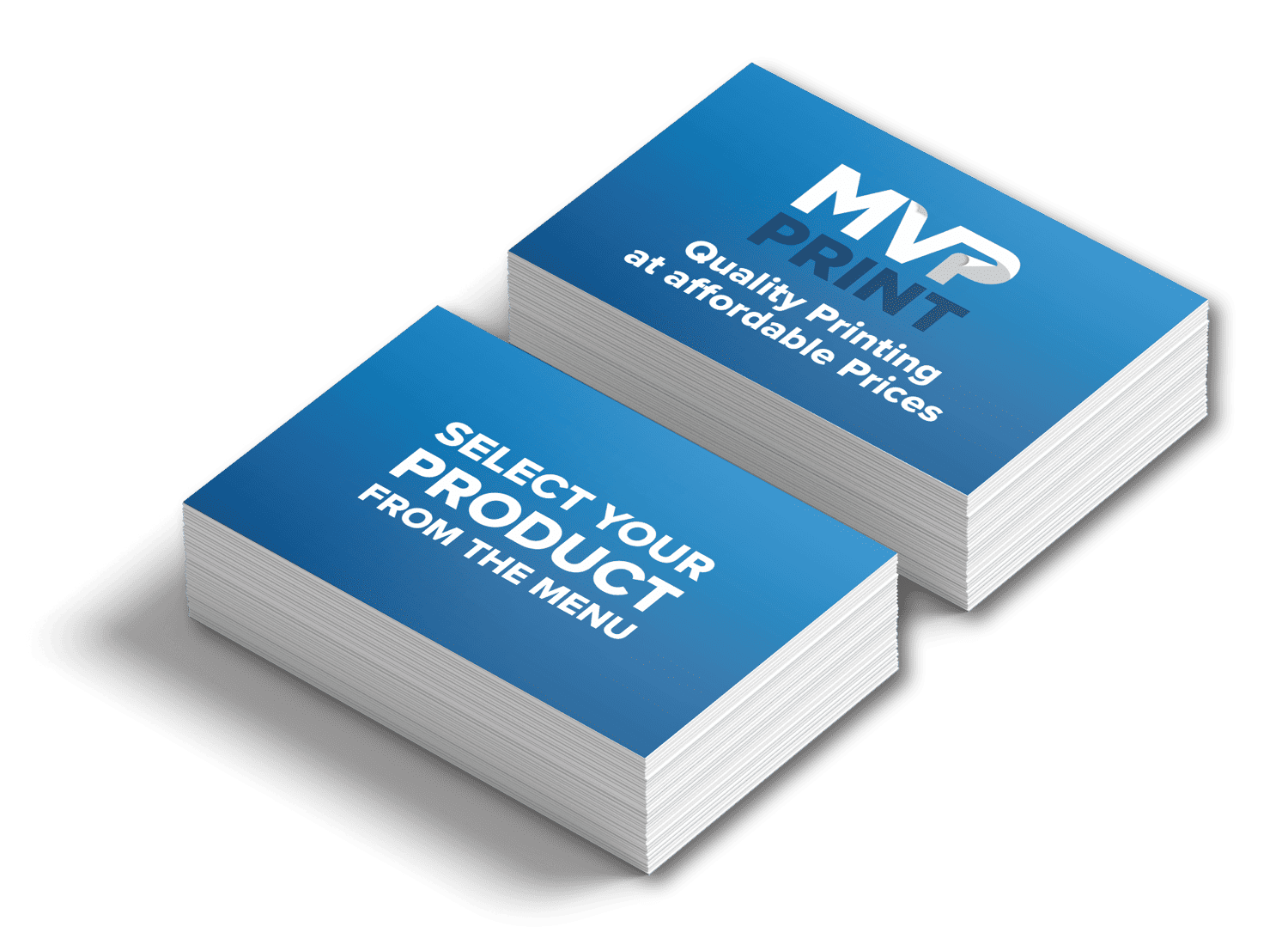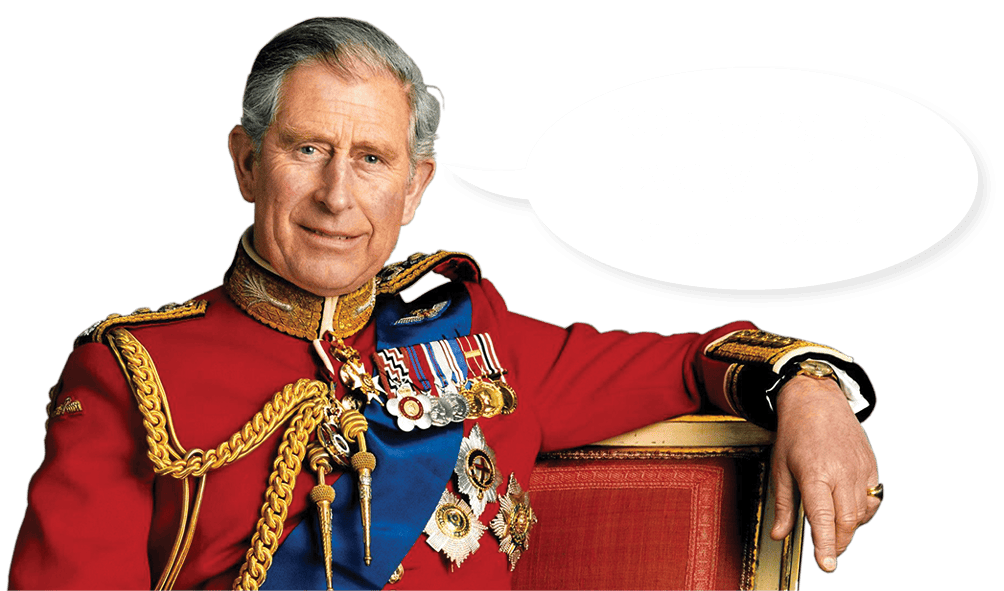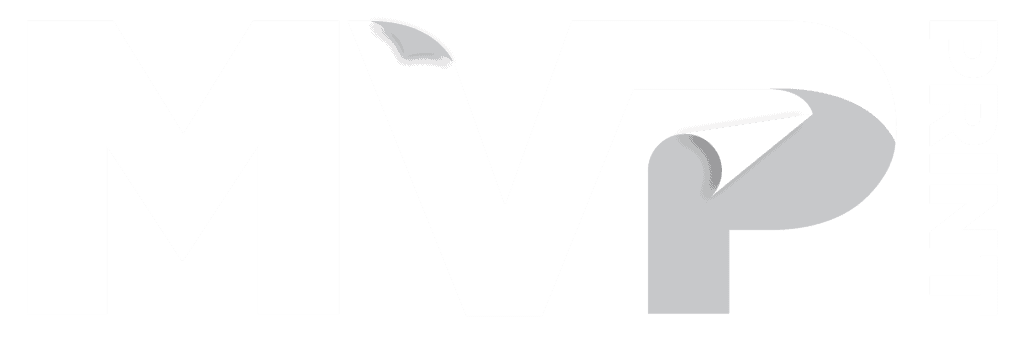You should already be aware that colour is critical to a brand, as the colours that you choose to represent your brand will have a big impact on how people perceive and interact with it.
Indeed, there’s an entire brand of psychology called ‘colour psychology,’ which looks at how people respond to different colours. Having an understanding of this is incredibly useful for brands that want to catch their audience’s attention. For example, if you want to establish that your brand as an authority, then you might use black. If you want to quickly catch an observer’s eye, then yellow is the most visible colour, but you need to be careful, because yellow can also become uncomfortable to look at for longer periods of time (read more about the psychology of the various major colours here).
Utilise colour combinations for maximum impact
Most brands use more than one colour in their logos and branding designs, so it’s also important to understand how colours can work together, and the message they will subtly send to the observer. Some of the most common colour combinations include:
Red and yellow
Is there a more famous fast food sign than McDonalds?
Probably not, and this logo is famous for a reason; it’s incredibly effective. Red and yellow are both highly visible, attention-grabbing colours. Red creates a sense of urgency (i.e. ‘I NEED fast food’) while the yellow makes sure that no matter where you are in the world, and where the McDonalds sign is, you’re going to spot it as you travel past.
Good colour codes to use for red and yellow are:
Yellow: #FFF10A
Red: #FF2D08
Black and yellow
If you want to create a sense of chic style, mystery, and intrigue, then the combination of black and yellow is a good choice. The patches of yellow ‘hang’ in the inky blackness, as a stark and warm contrast. It’s especially useful for businesses that work at night, where the black of the logo or sign can further camouflage into the darkness, so the yellow can look suspended in space. It worked for Batman, and it might work for your business too!
Good colour codes to use for black and yellow are:
Black: #292826 (so grey it’s almost black, but just a hint of colour in there)
Yellow: #F9D342
Blue and white
Many brands don’t want to set a dramatic first impression. Rather, they want to give the impression of reliability, trust, and calm. For those brands, light and ‘airy’ colours like blues and whites can build a sense of tranquillity and respect. Social media and technology organisations tend to like the blue and white aesthetic for this reason. Certainly the most famous of these logos is Facebook, with its white lower-case ‘f’ set against a blue background. Simple, elegant, and highly professional
Good colour codes for blue and white include:
White: #FFFFFF
Blue: #8AAAE5
Yellow and green
The colours of Australia! And, also, the colours of any brand that wants to reflect an earthy or naturalistic vibe. It’s not so much the yellow that does that, as the yellow is the unnatural colour that draws the attention. It’s the green, which is generally the print of the logo, that subtly tells the audience that ‘this brand is about the environment’.
Note: it doesn’t have to be just conservation companies that can benefit from this blend of colours. One of the most famous yellow and green logos is the petroleum company, BP. It’s certainly a company that is built around natural resources, after all – and indeed a lot of mining and resources companies also use this aesthetic.
Good colour codes for yellow and green include:
Yellow: #FFE67C
Green: #295F2D
Blue and pink
Pink in general is a hot and modern colour, so brands that use it tend to be chasing a friendly and trendy vibe. A good partner to pink is blue, another fashionable and welcoming colour that provides enough of a contrast to the pink to make the two colours distinct, without clashing garishly (which is very easy to do when you’re targeting modern colours, given how bold they tend to be).
If you enjoy ice cream, then you’re certainly going to recognise the Baskin Robbins logo. A youthful, friendly, welcoming company, much of Baskin Robbins’ success worldwide has been because that logo immediately catches your attention and makes you want to walk into the store.
Good colour codes for blue and pink include:
Pink: #EB2188
Blue: #080A52
Of course, it’s possible to have more than two colours in a logo or piece of branding, but the more colours you have and the more visually complex the image, the greater the potential that it will confuse the eye (and the message) by being too visually busy.
That’s why most logos only utilise two colours (plus white or black for text, sometimes). Regardless of what colours you’re using, you should pay careful attention to the rules of colour theory, and always keep your brand’s core message and values in mind when developing the logo.
Getting the colours right for your business
Choosing the right colour combo can be very difficult, but we hope that through this quick guide you can find the one that’s right for your business. Once you’ve decided and designed the right promotional materials, contact MVP Print for all your printing needs such as your business cards or posters.
